Please Help Us Track Down Apple II Collections —
Please spread this as far as possible – I want to reach folks who are far outside the usual channels.
The Summary: Conditions are very, very good right now for easy, top-quality, final ingestion of original commercial Apple II Software and if you know people sitting on a pile of it or even if you have a small handful of boxes, please get in touch with me to arrange the disks to be imaged. apple@textfiles.com.
The rest of this entry says this in much longer, hopefully compelling fashion.
We are in a golden age for Apple II history capture.
For now, and it won’t last (because nothing lasts), an incredible amount of interest and effort and tools are all focused on acquiring Apple II software, especially educational and engineering software, and ensuring it lasts another generation and beyond.
I’d like to take advantage of that, and I’d like your help.
Here’s the secret about Apple II software: Copy Protection Works.
Copy protection, that method of messing up easy copying from floppy disks, turns out to have been very effective at doing what it is meant to do – slow down the duplication of materials so a few sales can eke by. For anything but the most compelling, most universally interesting software, copy protection did a very good job of ensuring that only the approved disks that went out the door are the remaining extant copies for a vast majority of titles.
As programmers and publishers laid logic bombs and coding traps and took the brilliance of watchmakers and used it to design alternative operating systems, they did so to ensure people wouldn’t take the time to actually make the effort to capture every single bit off the drive and do the intense and exacting work to make it easy to spread in a reproducible fashion.
They were right.
So, obviously it wasn’t 100% effective at stopping people from making copies of programs, or so many people who used the Apple II wouldn’t remember the games they played at school or at user-groups or downloaded from AE Lines and BBSes, with pirate group greetings and modified graphics.
What happened is that pirates and crackers did what was needed to break enough of the protection on high-demand programs (games, productivity) to make them work. They used special hardware modifications to “snapshot” memory and pull out a program. They traced the booting of the program by stepping through its code and then snipped out the clever tripwires that freaked out if something wasn’t right. They tied it up into a bow so that instead of a horrendous 140 kilobyte floppy, you could have a small 15 or 20 kilobyte program instead. They even put multiple cracked programs together on one disk so you could get a bunch of cool programs at once.
I have an entire section of TEXTFILES.COM dedicated to this art and craft.
And one could definitely argue that the programs (at least the popular ones) were “saved”. They persisted, they spread, they still exist in various forms.
And oh, the crack screens!
I love the crack screens, and put up a massive pile of them here. Let’s be clear about that – they’re a wonderful, special thing and the amount of love and effort that went into them (especially on the Commodore 64 platform) drove an art form (demoscene) that I really love and which still thrives to this day.
But these aren’t the original programs and disks, and in some cases, not the originals by a long shot. What people remember booting in the 1980s were often distant cousins to the floppies that were distributed inside the boxes, with the custom labels and the nice manuals.
On the left is the title screen for Sabotage. It’s a little clunky and weird, but it’s also something almost nobody who played Sabotage back in the day ever saw; they only saw the instructions screen on the right. The reason for this is that there were two files on the disk, one for starting the title screen and then the game, and the other was the game. Whoever cracked it long ago only did the game file, leaving the rest as one might leave the shell of a nut.
I don’t think it’s terrible these exist! They’re art and history in their own right.
However… the mistake, which I completely understand making, is to see programs and versions of old Apple II software up on the Archive and say “It’s handled, we’re done here.” You might be someone with a small stack of Apple II software, newly acquired or decades old, and think you don’t have anything to contribute.
That’d be a huge error.
It’s a bad assumption because there’s a chance the original versions of these programs, unseen since they were sold, is sitting in your hands. It’s a version different than the one everyone thinks is “the” version. It’s precious, it’s rare, and it’s facing the darkness.
There is incredibly good news, however.
I’ve mentioned some of these folks before, but there is now a powerful allegiance of very talented developers and enthusiasts who have been pouring an enormous amount of skills into the preservation of Apple II software. You can debate if this is the best use of their (considerable) skills, but here we are.
They have been acquiring original commercial Apple II software from a variety of sources, including auctions, private collectors, and luck. They’ve been duplicating the originals on a bits level, then going in and “silent cracking” the software so that it can be played on an emulator or via the web emulation system I’ve been so hot on, and not have any change in operation, except for not failing due to copy protection.
With a “silent crack”, you don’t take the credit, you don’t make it about yourself – you just make it work, and work entirely like it did, without yanking out pieces of the code and program to make it smaller for transfer or to get rid of a section you don’t understand.
Most prominent of these is 4AM, who I have written about before. But there are others, and they’re all working together at the moment.
These folks, these modern engineering-minded crackers, are really good. Really, really good.
They’ve been developing tools from the ground up that are focused on silent cracks, of optimizing the process, of allowing dozens, sometimes hundreds of floppies to be evaluated automatically and reducing the workload. And they’re fast about it, especially when dealing with a particularly tough problem.
Take, for example, the efforts required to crack Pinball Construction Set, and marvel not just that it was done, but that a generous and open-minded article was written explaining exactly what was being done to achieve this.
This group can be handed a stack of floppies, image them, evaluate them, and find which have not yet been preserved in this fashion.
But there’s only one problem: They are starting to run out of floppies.
I should be clear that there’s plenty left in the current stack – hundreds of floppies are being processed. But I also have seen the effort chug along and we’ve been going through direct piles, then piles of friends, and then piles of friends of friends. We’ve had a few folks from outside the community bring stuff in, but those are way more scarce than they should be.
I’m working with a theory, you see.
My theory is that there are large collections of Apple II software out there. Maybe someone’s dad had a store long ago. Maybe someone took in boxes of programs over the years and they’re in the basement or attic. I think these folks are living outside the realm of the “Apple II Community” that currently exists (and which is a wonderful set of people, be clear). I’m talking about the difference between a fan club for surfboards and someone who has a massive set of surfboards because his dad used to run a shop and they’re all out in the barn.
A lot of what I do is put groups of people together and then step back to let the magic happen. This is a case where this amazingly talented group of people are currently a well-oiled machine – they help each other out, they are innovating along this line, and Apple II software is being captured in a world-class fashion, with no filtering being done because it’s some hot ware that everyone wants to play.
For example, piles and piles of educational software has returned from potential oblivion, because it’s about the preservation, not the title. Wonderfully done works are being brought back to life and are playable on the Internet Archive.
So like I said above, the message is this:
Conditions are very, very good right now for easy, top-quality, final ingestion of original commercial Apple II Software and if you know people sitting on a pile of it or even if you have a small handful of boxes, please get in touch with me to arrange the disks to be imaged. apple@textfiles.com.
I’ll go on podcasts or do interviews, or chat with folks on the phone, or trade lots of e-mails discussing details. This is a very special time, and I feel the moment to act is now. Alliances and communities like these do not last forever, and we’re in a peak moment of talent and technical landscape to really make a dent in what are likely acres of unpreserved titles.
It’s 4am and nearly morning for Apple II software.
It’d be nice to get it all before we wake up.
Categorised as: computer history | Internet Archive
Comments are disabled on this post
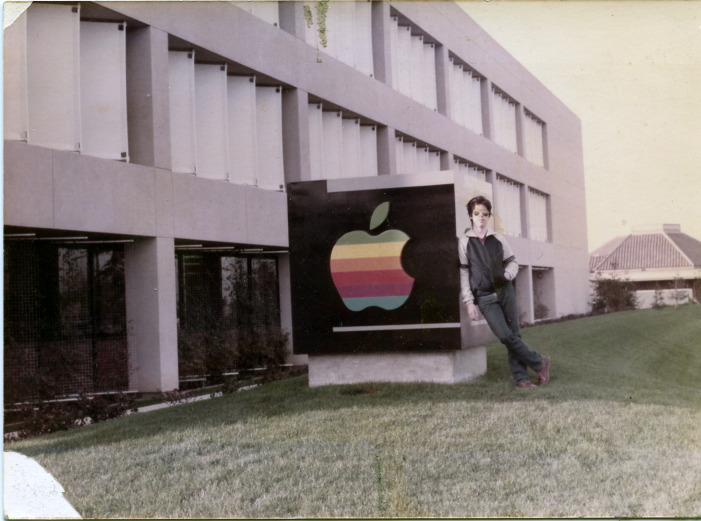
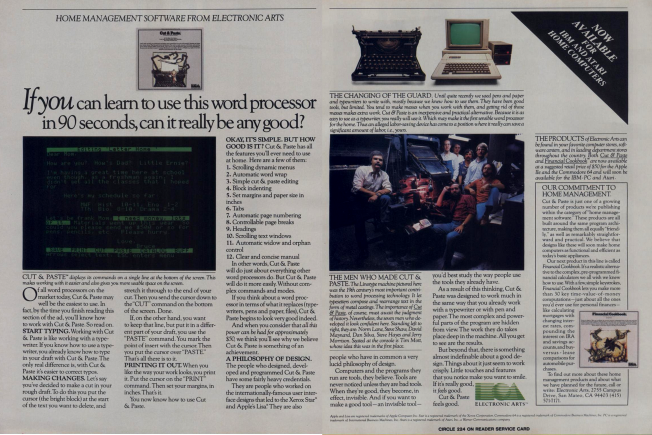


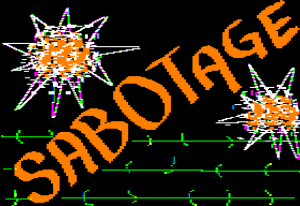
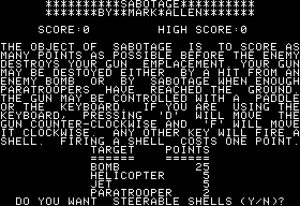

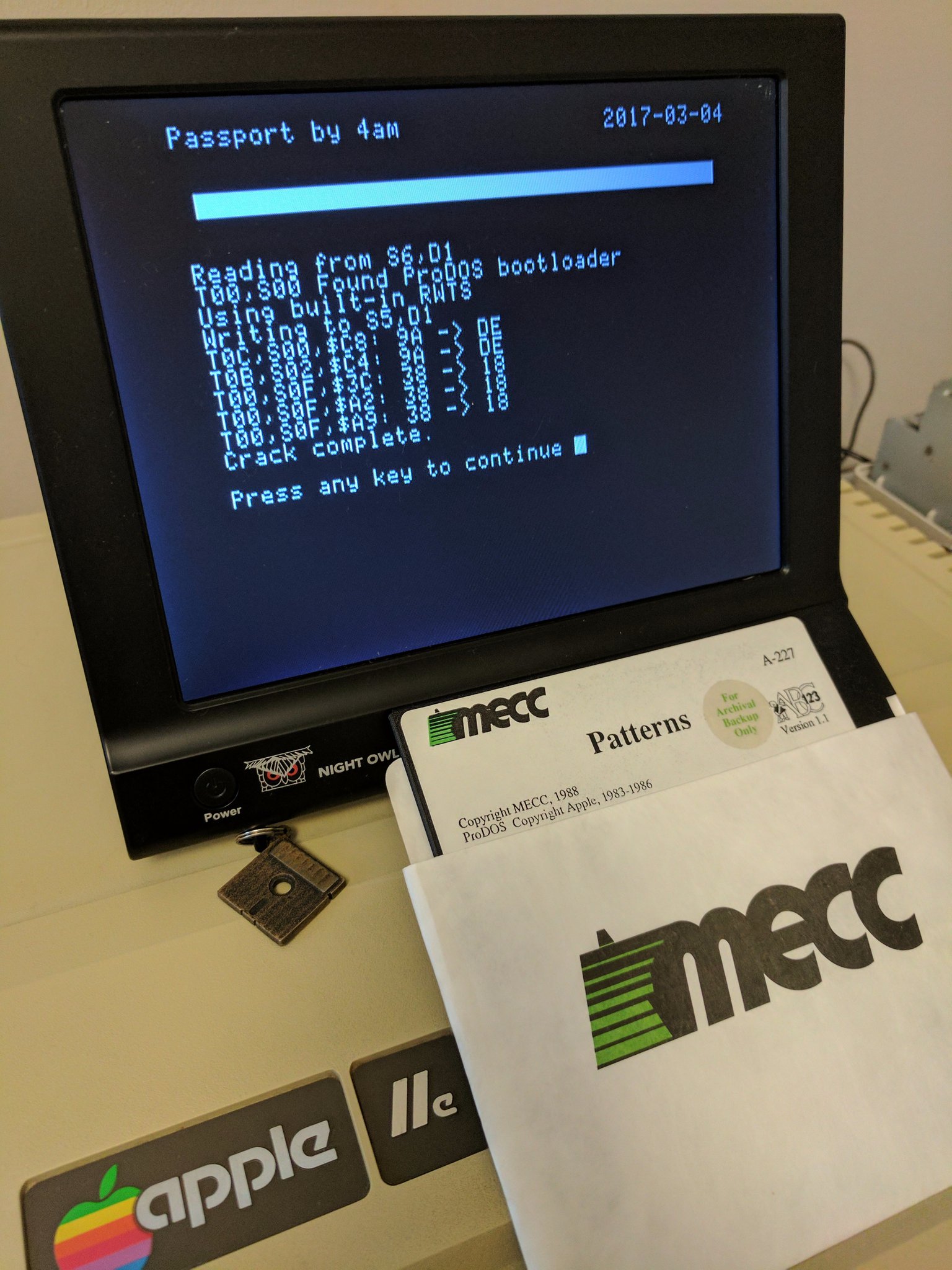

Oh man, I’m glad you’re alive!
Thank you for your efforts. Where’s the best place to check whether a disk has already been dumped?
Best to just mail me at apple@textfiles.com and discuss what you have.
Ditto the above – if we had a “finished!” and/or “needed” list, that would really help us help you with this awesome project. 😉
Same question as Mike, I’ll see what I have but I think my original originals are damaged/worn out from use. I had original Falcons but may have damaged it and overwritten it with a pirated version. That may be a common problem. I also had an original 13 sector space invaders (type?) somewhere.
I’m not sure what you are asking. I get “get in touch with me if you have software…” but everything is a lot of noise about timing and copy protection and stuff. What’s the deal? What’s going on? If one has a box of disks, what then?
Thanks.
You should e-mail me at apple@textfiles.com to discuss possibly lending it to me to be imaged by experts for history’s sake.
Good luck. I tried to do such action about other microcomputer, asking people who might have some old tapes or disks. Failed. If you will go to the same environment, you will get a few mails from people who will want to sell you an uncertain-condition tapes/disks for unusually high price, usually price of a few computers.
I simply dont see it that way, my undesrstanding of the notion is to lend your software for archival purposes. Then have the software returned. At most you are spending postal costs for an awesome cause !!!
Many archival project have been arond for a while such as the asimov archive from which so many titles are (were) available…
ftp://ftp.apple.asimov.net/pub/apple_II/
I have hundreds of disk files in my PC, gathered from various sources, already converted to pure binary format (144KB files) and working with popular emulators. Send me an e-mail if you’re interested in those.
Is there a place we can go to look and see if something we have is needed or already captured?
This is wonderful; I do want to know, though- why is it limited to Apple II software (other than it would drive someone nuts to do more than one machine?) Does the Apple copy protection schemes make the software more vulnerable to loss than, say, Commodore 64 software?
Is the archiving (saving) being done thru Archive.org or as a stand alone project ?
This definitely should be a priority. However, I think that instead of cracking these titles, the copy protection should be preserved as well. The thing about copy protection is that it’s also historically relevant as much as the cracks that have been used to defeat them. An imaging solution such as the Kryoflux has the ability to preserve the media at the lowest level and defeat any known copy protection. The issue that may arise is that to play these games or run these applications, a format needs to exist to contain the lower level information that the copy protection routines look for. Since the Kryoflux is linked to the Software Preservation Society, they have come up with the IPF format for this reason. The shortcomings of this format is the lack of support in emulation due to incompatible licenses and the need for the Software Preservation Society to manually check each raw track dump and produce an IPF that preserves the relevant data. Even with these shortcomings, I think it’s the current best solution to preservation. I’m curious if this was known before hand.
Hi Jason. This article inspired me to go through what little original disks that I had and compare them with what’s currently in the Asimov archive. Found just a couple that I could contribute, but glad I could help out in any way. My examples didn’t require the silent cracking that you described above. Hope that the crew ends up with a few hundred more diskettes to save.
I can help. I can send batches to you. I have beyond a crap-ton of old media including a mammoth amount of apple ][ and maybe 300 to 400 (hazy memory) of ][gs, and 13 pepsi crates full of early days Mac (800K floppy), with each pepsi crate holding over 400 floppies. Most all are scene kracks, or semi-kracks, not commercial protected, not public domain shovelware nor shareware nor EAMON adventure, I also have many many 2GB tapes and cdrs of later-early mac. but I never ever ever invested the time or technology to archive my apple or mac floppies. It also was on the other coast from me for practically decades but now all discs are in my hands again. It seems like this year 2017 is the golden year for sure! There were devices that did copy like your kryoflux in ancient times by the way and it copied atari , apple, low density pc, anything, but the device name escapes me. But I used it once. I knew the two most prolific Apple Krackers, but thats not how i amassed my hoard. This is exciting news and I am glad to come out of the woodwork. This is beyond exciting. I always wanted to try and double my collection.
I listened to the “Chips with everything” podcast yesterday, featuring both Jason and 4AM. Highly recommended and very interesting even for those of us who never had an Apple II. I did have a C64 and probably watched thousands of cracktros over the years 🙂
If anything it could be a lot longer than the 20-something minutes, I could listen to stuff like this for hours.
https://www.theguardian.com/technology/audio/2017/apr/28/apple-ii-vintage-software-1980s-tech-podcast
Oh man, I’m glad you’re alive!
So I have about 200+ copies of trade school software for the 2e. Most copied with Locksmith or Nibbles Away. Is there a list of disks that have been archived? A lot is CNC training. Leave reply here or on your twitter account as I would rather not use my email
Twitter me on @textfiles and I can give you a mailing address.